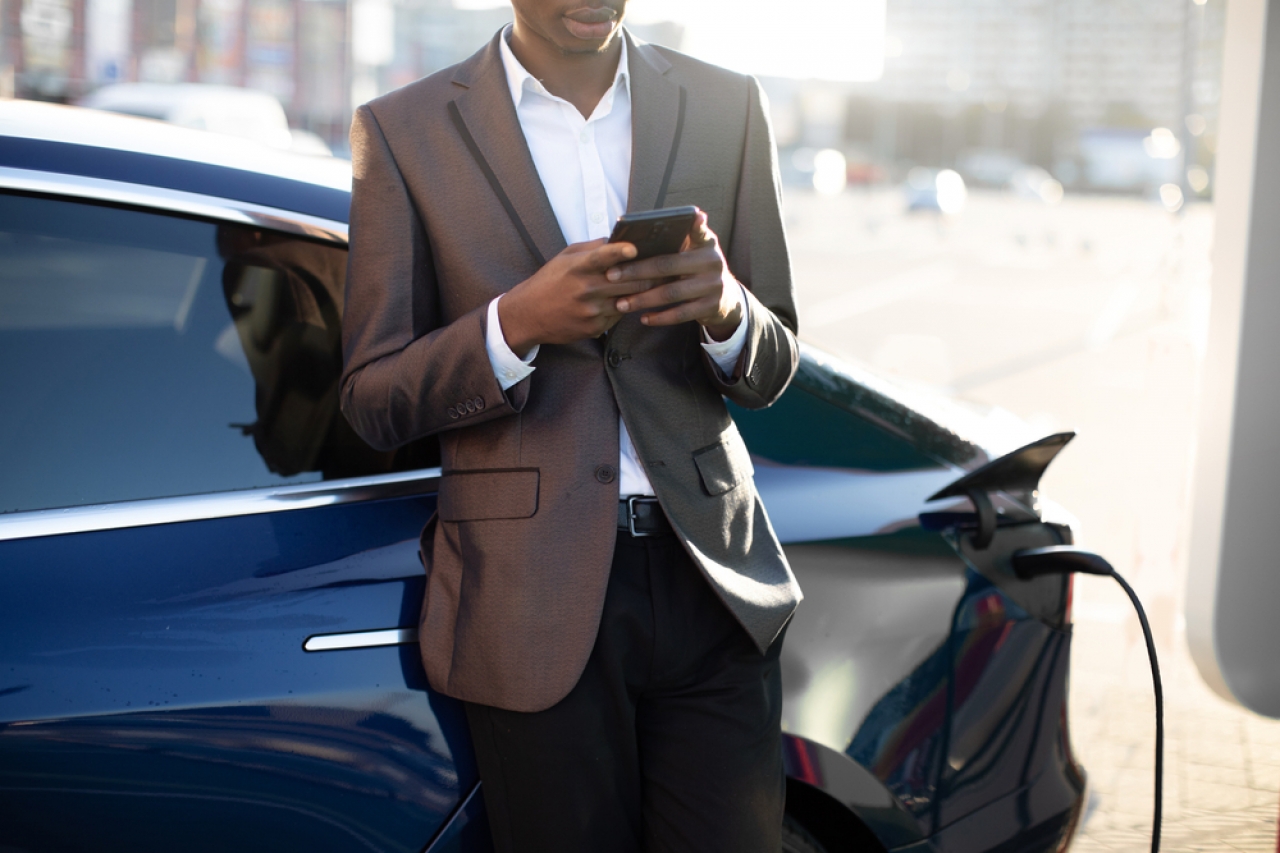The electric-vehicle revolution is not happening fast enough
- Read original article here

A of covid-19 restrictions that dampened travel, the world is once again on the move. But the relief carries an environmental cost. Transporting people and goods causes one-fifth of global carbon emissions. Many countries have drawn ambitious roadmaps to replace fossil-fuel burning vehicles with battery-powered ones to help dodge the worst of global warming.
Thanks to better batteries, improved charging networks and generous government subsidies, electric vehicles () are surging out of showrooms faster than you can say “lithium-ion battery”. Global electric-car sales more than doubled last year to 6.6m, about one in 12 new cars sold, according to a recent tally from the International Energy Agency (), a global forecaster. About 30% were plug-in hybrids that also use petrol but can be twice as efficient as cars that only have internal-combustion engines (s). Almost all the rest were battery-powered, which are twice as efficient again. A tiny share, about 15,000, relied on hydrogen fuel cells, an emerging technology that uses hydrogen to provide electricity. There are also 280m electric two- and three-wheeled vehicles on the road, according to Bloomberg, a data outfit.
Some countries are transitioning quickly. Nearly nine in ten cars sold in Norway last year were electric, thanks to high taxes on cars and decent charging infrastructure. In the past five years the number of s sold in Europe has grown at an average annual rate of 61%, making it the fastest-transitioning region of the world. Sales in China are speeding up too: last year s accounted for 16% of total car sales; the Chinese market is so big that these amounted to half of global sales. But America, the world’s second-largest car market after China, is lagging behind. Less than 5% of the cars sold there last year were electric; half of them were made by Tesla.
If governments are to meet their climate goals, sales of s will have to accelerate rapidly. The 16m s on the road today make up a miniscule share of the world’s 1.2bn mostly fuel-guzzling cars. At current rates the expects between 22% and 35% of car sales in 2030 to be electric. At best, by that point just 14% of the cars on the world’s roads will be s. Bloomberg expects s to represent nearly one-quarter of car sales by 2025. But to meet the global goal of net-zero carbon emissions by 2050, s will need to increase their new-car share to 60% by 2030 according to the .
That target is unlikely to be met. sales rose by 120% in 2021, but global supply-chain disruptions are likely to slow that growth rate. Shortages of minerals used for batteries will make matters worse. Heavily sanctioned Russia, for example, produces one-fifth of the high-grade nickel used in some batteries. And although the charging network for s is expanding rapidly, in many countries it will be neither extensive nor smart enough—to manage the extra load on the grid—by 2030 to charge the 250m s required to be on track for net-zero emissions by 2050, in the unlikely event the world meets that target. The path to full adoption has many roadblocks ahead. ■
For a look behind the scenes of our data journalism, sign up to Off the Charts, our weekly newsletter.

